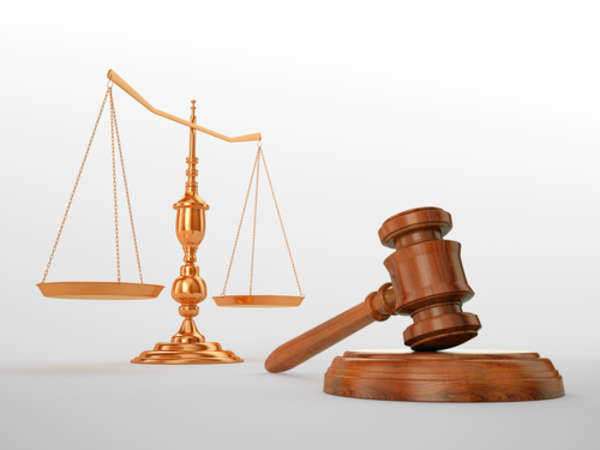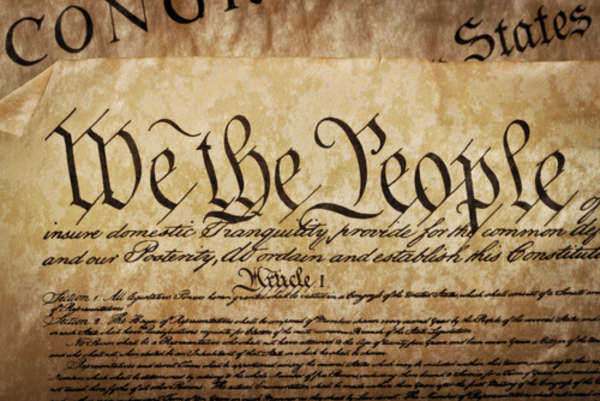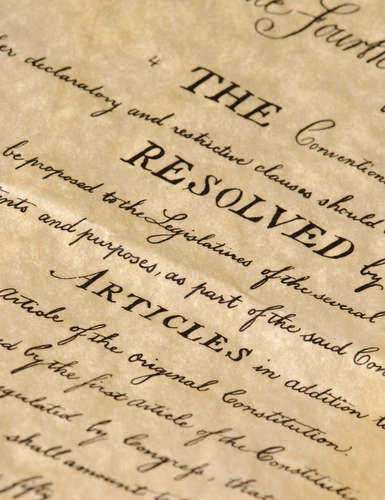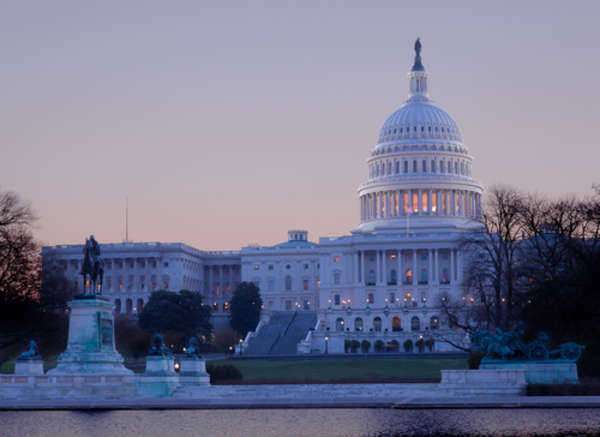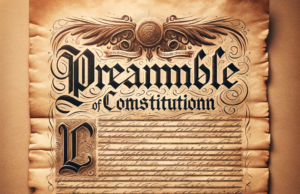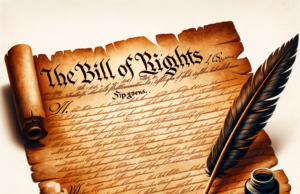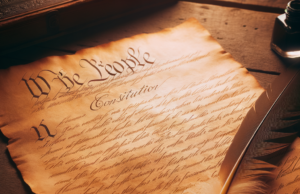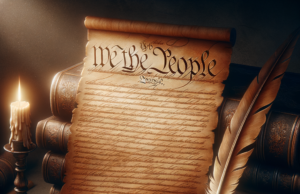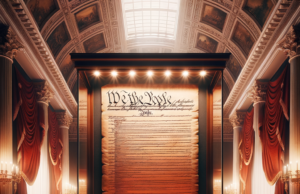Understanding Governmental and Legal Structure
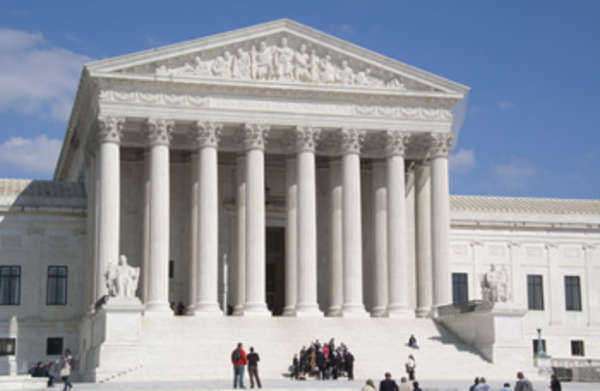
The United States’ governmental structure is a complex and unique set-up that has been in place for over two centuries. At its foundation, the country’s system of government is a constitutional democracy, meaning that the government is bound to the laws laid out in the Constitution and that the people have a say in the direction of their country through the election of representatives.
One of the most notable features of the American government is its system of checks and balances. This means that the power of the government is divided between three branches: the legislative, executive, and judicial. Each branch has the ability to keep the others in check to ensure that no one branch becomes too powerful.
The legislative branch is responsible for making laws. It is comprised of the Senate and the House of Representatives, which together are known as Congress. The Senate has two representatives from each state, while the House of Representatives is based on each state’s population. This means that every state, regardless of size, has at least one representative in Congress.
The executive branch is responsible for putting laws into action. It is headed by the President, who is elected every four years. The President also serves as commander-in-chief of the armed forces and has the power to appoint judges, ambassadors, and other officials to help run the government. In addition to the President, the executive branch includes various departments and agencies, such as the Department of State, the Department of Defense, and the Environmental Protection Agency.
Lastly, the judicial branch is responsible for interpreting the laws. It is comprised of the Supreme Court and other federal courts. The Supreme Court is the highest court in the land and has the final say on matters of constitutional law. It is made up of nine Justices who are appointed by the President and confirmed by the Senate.
The American government also has a unique feature in that it is a federal system, meaning that power is shared between the national government and the state governments. The Constitution outlines certain powers that are specifically granted to the federal government, such as the power to declare war, while the states retain other powers, such as the regulation of commerce within their borders.
One of the basic functions of a constitution is to provide for the governmental and legal structure of the area which it covers, which most conventionally comprises an entire country. A basic definition of a constitution’s scope is that it provides for the rights which the government under its control may and may not exercise.
The rule of law of a government should be provided for by a well-devised constitution. This principle is normally framed in the terms of the government being ruled by the laws, as opposed to the government controlling the laws.
In addition to these ideological precepts for the rights of citizens, constitutions also have the more neutrally conceived task of assuring the efficiency of the government’s operations. Procedural and humanitarian considerations generally operate in concert in determining the shape which a constitution mandates for a country’s government.
The modern mold for constitutions is often considered that of the United States Constitution. One of the significant tasks undertaken by this document was the division of the government of the United States into separate parts, each given its own powers and tasked toward a specific end. This division took a tripartite form, creating judicial, executive, and legislative branches.
The idea was derived by the United States Constitution’s drafters, the American “Founding fathers,” from the French philosopher Montesquieu. This function, termed the “separation of powers,” has often occurred in subsequent governments and is conceived as a device for preventing one section of the government from assuming too much control over the others. Another basic task for a constitution is to address where power is actually located in a government, which in turn determines the basis by which it may wield it.
The way in which a government operates is in part determined by how the constitution defines the “distribution of sovereignty”. The three kinds of sovereignty according to constitutional law theory are unitary, federal, and confederal. For instance, a unitary constitution considers that authority comes from the state itself. Different sections of the country only possess power in relation to the central authority.
By contrast, a federal constitution, such as that of the United States, splits the sovereignty of the government between the central administrative center and the various regions which it governs. Certain powers are given to the central government while others are accorded to the provinces or states. In a confederal state, there is a central administrative center but the balance of power in government is oriented toward the provinces.
The actual sovereignty is located in the provincial areas, while the central state has, at most, only the ability to provide for coordination between them. An essentially procedural task for the constitution to undertake toward a nation’s governmental system is that of the “lines of accountability”. This principle refers to the hierarchies of responsibility and supervision in the government. Often the lines of accountability will give the chief executive precedence over cabinet ministers or secretaries, whom the chief executive can both appoint and dismiss.



